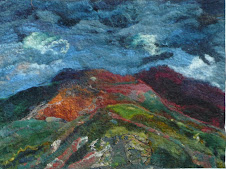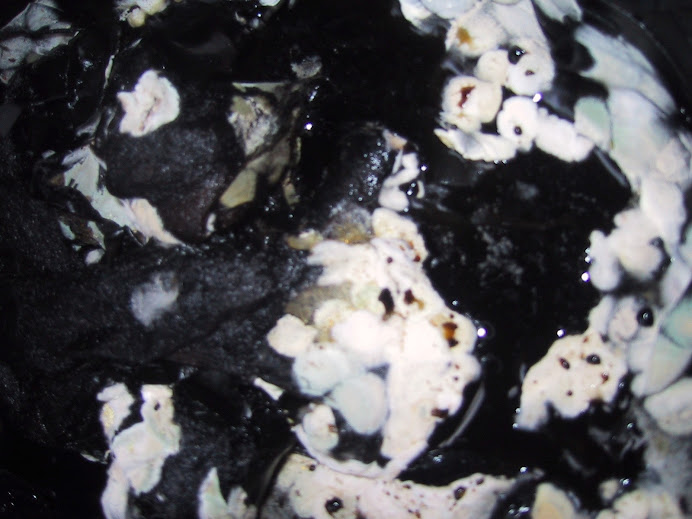

I haven't had many merino tops for sale on my website recently. There are a number of reasons for this. One is that my of my fibres really are one offs, so each time I put them for sale I have to photo them, resize, and write the blurb all for £4.25. Then a little light bulb went off in my head and I spent a long time working out range of repeatable colours of my own recipes. This however has not really worked partly because I don't really want to do that as I like the serendipity of not quite knowing what is coming out the dye pot, for example I know that 50% madder/50% cochineal will give me a red but I like it that each time it is slightly different, and partly because it gives me too limited a palette. Then my students/customers and friends said to me that the colours on the website did not do justice to my fibres. Finally I found I was really only just keeping pace with dyeing fibres for packs for my workshops and recently at every workshop armfuls of dyed fibres have just walked out with sometimes legs and a head just visible behind.
Finally despite the limited range on my website orders have picked up especially for the greens. So here is a picture of my most recent greens-the grass green on the top. Persian berries over dyed in indigo gives some of my favourite greens in winter. Normally I dye yellow then over dye in indigo but this time I also dyed in indigo first and then over dyed in Persian berry yellow. Something happened that I have noticed before namely that the take up of yellow is very poor suggesting to me that the indigo is blocking the receptor sites for the mordant. However I am not worried as it gave a fabulous turquoise. One 100g bump of merino came out beautifully patchy with yellow blues and greens almost as if hand painted. I could not repeat that one if I tried.
However the colours aren't as gorgeous on the photos in real life-so disappointing and the turquoises don't really look turquoise. :(
Now huge orders of raw fibres have arrived 23 micron merino , 18.5 micron merino,lovely yummy mixtures of the 18.5 merino with angora and with silk as well as self indulgent cashmere and silk and camel and silk . Finally some gorgeous white soft silky mohair from Leslie Prior of Devon Fine Fibres. It only arrived yesterday but I have washed one batch and now I am itching to spin it as I love mohair. So I am starting to dye ready for Wonderwool, more up and coming workshops and for the website.

































